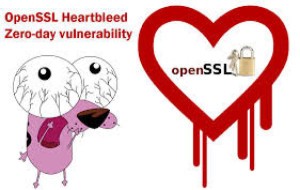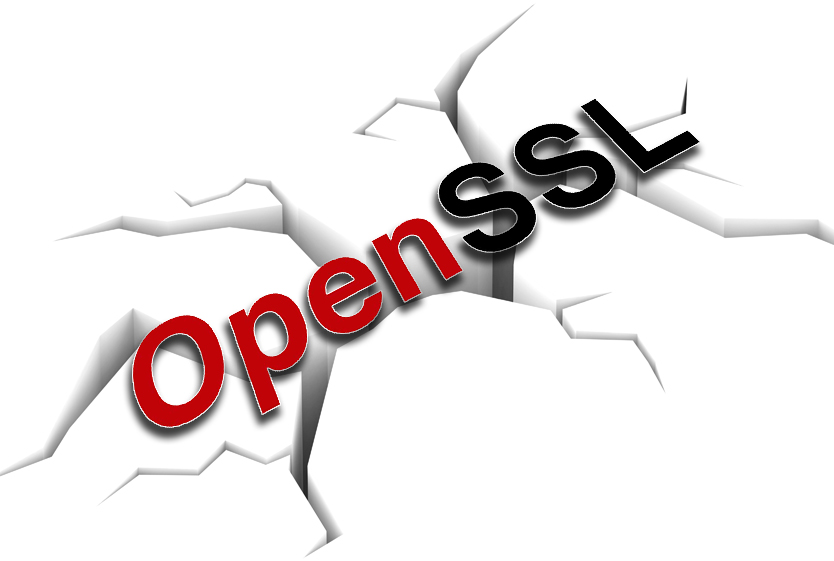

NOTE: This vulnerability cannot be used to extract server or client side key material. In the event that one of the two is vulnerable, there is no risk of exploitation. The vulnerability can only be exploited if both server and client are vulnerable to this issue.

In the event of a man-in-the-middle attack, an attacker could intercept an encrypted data stream allowing them to decrypt, view and then manipulate said data. SSL/TLS connections typically allow for encrypted traffic to pass between two parties where only the intended senders and recipients can decrypt data. CVE-2014-0224 could allow for a man-in-the-middle attack against an encrypted connection. Any image having that version should be rebuilt to use 1.0.2j.Red Hat was recently notified of a vulnerability affecting all versions of OpenSSL shipped with Red Hat products. This vulnerability only affects OpenSSL 1.0.2i, released on 22nd September 2016. As a result any attempt to use CRLs in OpenSSL 1.0.2i will crash with a null pointer exception.
Openssl vulnerability update#
The recent OpenSSL update also fixed the CVE-2016-7052 vulnerability:Ī bug fix which included a CRL sanity check was added to OpenSSL 1.1.0 but was omitted from OpenSSL 1.0.2i. Runtime security controls are equally as important, to provide visibility into runtime, and provide automatic controls over the allowed risk level of running containers. Organizations should integrate image scanning as part of their CI/CD pipeline to minimize the chances of vulnerable images being pushed into registry without DevOps and Security teams being aware. New and critical vulnerabilities are revealed every day, and in a fast-changing container-driven environment it is a tremendous challenge to be kept informed and maintain visibility into which container images are vulnerable, how severely, and where vulnerable containers are running.

Given the fast pace of container environments, and the widespread use of OpenSSL in open source and in general, there is a good chance the vulnerable version (a) was picked up in the 4 day gap until version (b) was released.Ī malicious actor having network access to container runtime environments could easily DoS all services running with the affected OpenSSL version. This is likely to result in a crash, however it could potentially lead to execution of arbitrary code.Īny containers running with OpenSSL 1.1.0a, released on 22nd September 2016, are affected and should be rebuilt to use OpenSSL 1.1.0b. Unfortunately a dangling pointer to the old location is left, which results in an attempt to write to the previously freed location.
Openssl vulnerability Patch#
The patch applied to address CVE-2016-6307 resulted in an issue where if a message larger than approx 16k is received then the underlying buffer to store the incoming message is reallocated and moved. It has a perfect score of 10, and is the reason for that advisory. One of those vulnerabilities found by Robert Swiecki an Information Security Engineer at Google, CVE-2016-6309, is a classic use-after-free vulnerability. Last week, OpenSSL released an emergency security update that fixes vulnerabilities caused by patches included in their previous security update, released on 22nd September 2016, just 4 (!) days beforehand. If you know that somebody is going to throw a stone at your car’s windshield, then the glass thickness should be proportional to your driving speed (simple physics…).Ī parable to container environments: the faster the deployment cycle, the greater the chance that you will pick up a deadly vulnerability, the better should your controls be to discover those vulnerabilities in your environment.


 0 kommentar(er)
0 kommentar(er)
